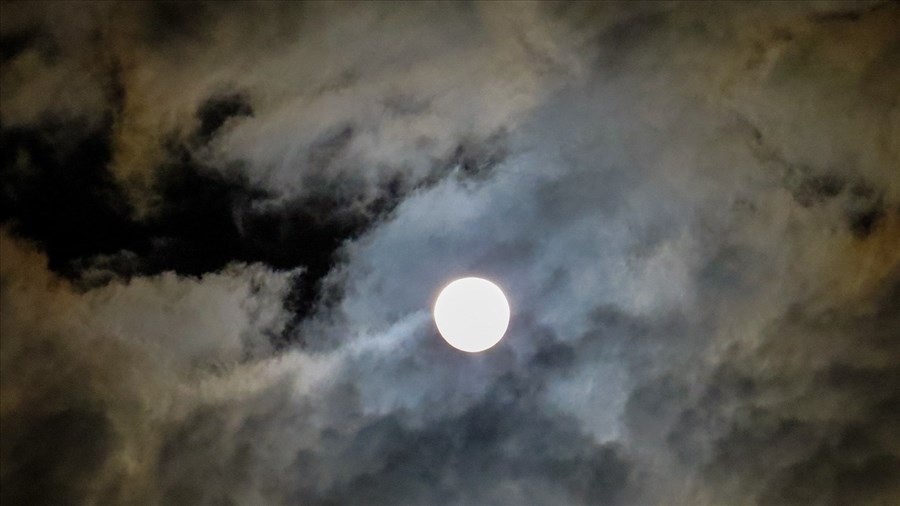On Mount Rigaud
A beaver dam requiring close monitoring by Nature-Action Québec
In the summer of 2023, Nature-Action Québec, whose mission is to guide individuals and municipalities in the application of best environmental practices, was informed of a particular situation that occurred on Mont Rigaud. The organization has learned that the beaver dam on one of its lots on Mont Rigaud, a protected property, had broken, resulting in the drying up of Lac aux Castors.
Nature-Action Québec staff immediately went to the site to assess the situation and determine the next steps to be taken. It was during a public presentation at the École de technologie supérieure held in Sainte-Marthe earlier in January that the organization lifted the veil on the situation. Curious to learn more on the subject, the Néomédia team contacted Sarah Godin-Blouin, NAQ project manager, who agreed to tell us more.
According to Ms. Godin-Blouin, the breakage of the dam and the resulting drying up of Beaver Lake could be attributable to the fact that “there were possibly no active beavers left in the area to maintain the dam, so it eventually gave way.”
When this happens, there are obvious impacts on the environment. “In addition to the obvious impacts of dewatering on aquatic fauna, the newly uncovered soil, stripped of vegetation by the withdrawal of water, is conducive to invasion by invasive exotic plants. Common reed, for example, which is present in a few places along the lake's edge, could have invaded this new space and caused a drop in biodiversity by forming dense colonies. Fortunately, the site was recolonized by a beaver a few months later, which rebuilt the dam and allowed the lake to recreate itself”, she points out.
Although beavers are sometimes disliked for their propensity to gnaw through anything in their path, they have their raison d'être in the ecosystem, as Ms. Godin-Blouin explains.
“It's true that beavers can harm more sensitive species like the western chorus frog, an endangered species in Canada, which needs temporary pools to reproduce. When beavers move into treefrog habitats, their dams flood the site, making it unusable for the treefrog. In the case of Mont Rigaud, however, the arrival of the beaver has created a new habitat, increasing the site's biodiversity. The dam flooded part of the forest, creating a shallow lake used by amphibians, reptiles and possibly fish. The trees that once stood there died upright, a process known as snagging, and thus formed a suitable habitat for Great Blue Herons: a heronry. Heronries are habitats where Great Blue Herons breed, and these habitats are protected in Quebec under the Loi sur la conservation et la mise en valeur de la faune et de ses habitats.”
For this project, in collaboration with the Vaudreuil-Soulanges MRC, Nature-Action Québec is regularly monitoring the dam to identify any problems and, in so doing, try to prevent it from giving way again. The organization also monitors the lake's water level to intervene if it becomes too high.







